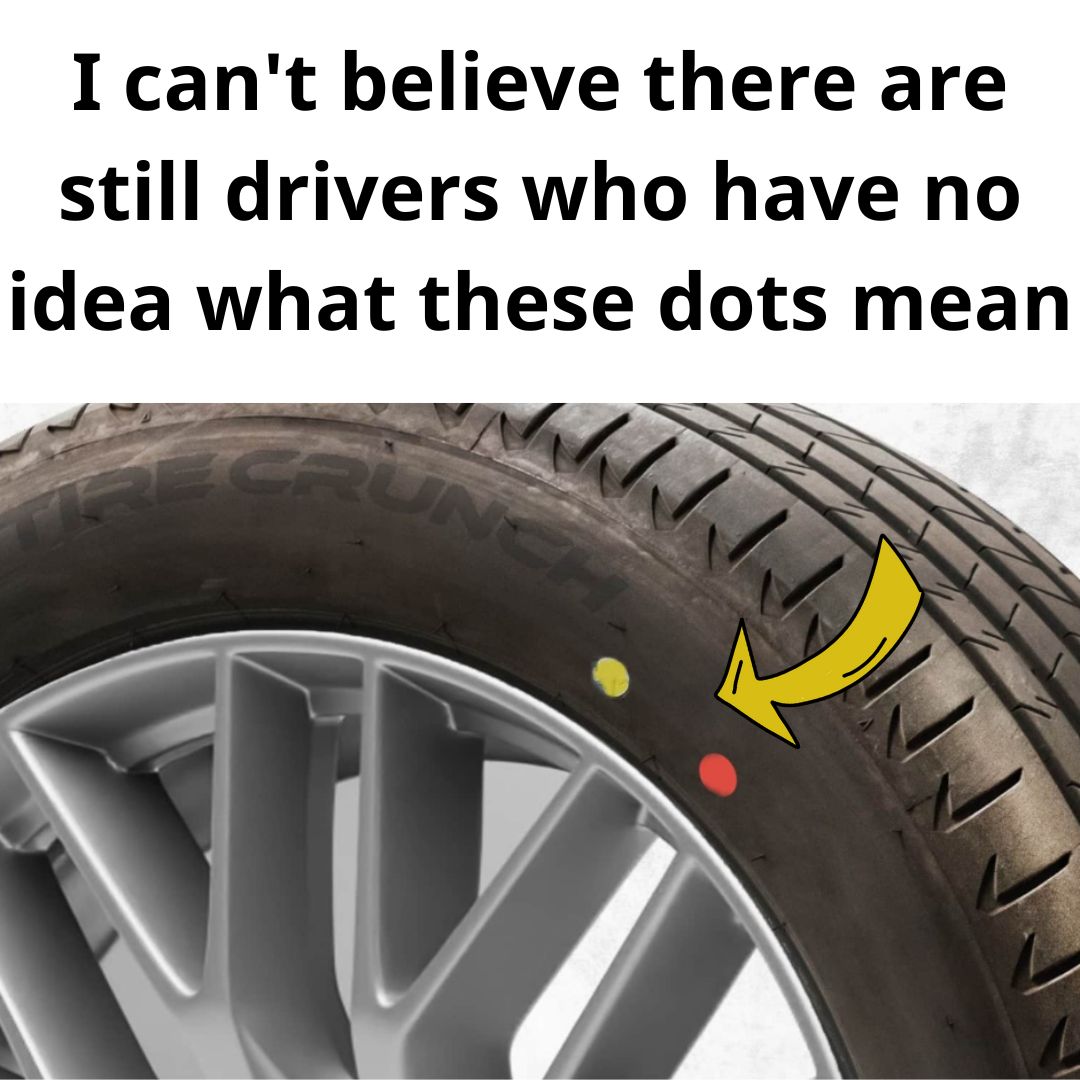Take a closer look at your car tires, and you’ll notice two small colored dots – one red and one yellow – strategically placed on the sidewalls. At first glance, they may seem like random markings or factory identifiers without a purpose. However, these tiny dots play a crucial role in how your tires are mounted and perform on the road.
The yellow dot is used to indicate the lightest point on the tire. This marking is essential because every tire and wheel has slight imbalances. The valve stem on your wheel is typically the heaviest part of the wheel assembly. By aligning the yellow dot with the valve stem, technicians can balance the overall assembly more naturally, reducing the need for adding extra weights during the wheel balancing process. This alignment leads to smoother rides with fewer vibrations.
The red dot, on the other hand, identifies the tire’s highest point in terms of radial runout, which measures how much a tire deviates from being perfectly round. The red dot typically marks the flattest part of the tire. Wheels can also have high and low spots, and many are marked by a small dimple or paint mark to indicate the wheel’s lowest point. When you align the red dot on the tire with the wheel’s lowest point, it helps minimize any unevenness caused by either the wheel or the tire. This is especially important for maintaining a consistent ride and reducing potential vibration at high speeds.
Proper tire balance is crucial for a smooth and safe driving experience. Tires are never perfectly symmetrical, and tiny imperfections in weight and shape are common. If not balanced correctly, these small differences can lead to big problems, such as vibrations in the steering wheel, uneven tire wear, decreased fuel efficiency, and even long-term damage to your vehicle’s suspension system. That’s why tire manufacturers and auto technicians use these colored dots to make the mounting and balancing process as precise and effective as possible.
However, tires don’t stay balanced forever. Regular wear and tear, driving on rough roads, or hitting potholes can throw your tires out of balance. Other causes include carrying uneven loads, experiencing a tire puncture, or having a poorly mounted tire where the red and yellow dots were not aligned properly during installation. As a result, it’s essential to have your tires checked and rebalanced periodically, especially if you notice unusual vibrations or if your car doesn’t drive as smoothly as it once did.
Regular maintenance, including wheel alignment and tire balancing, is critical to extending the life of your tires and maintaining your car’s performance. Next time you notice those little red and yellow dots on your tires, you’ll know they’re not just there for looks. They represent the attention to detail that goes into every part of your vehicle to ensure a better, safer, and more comfortable driving experience.


